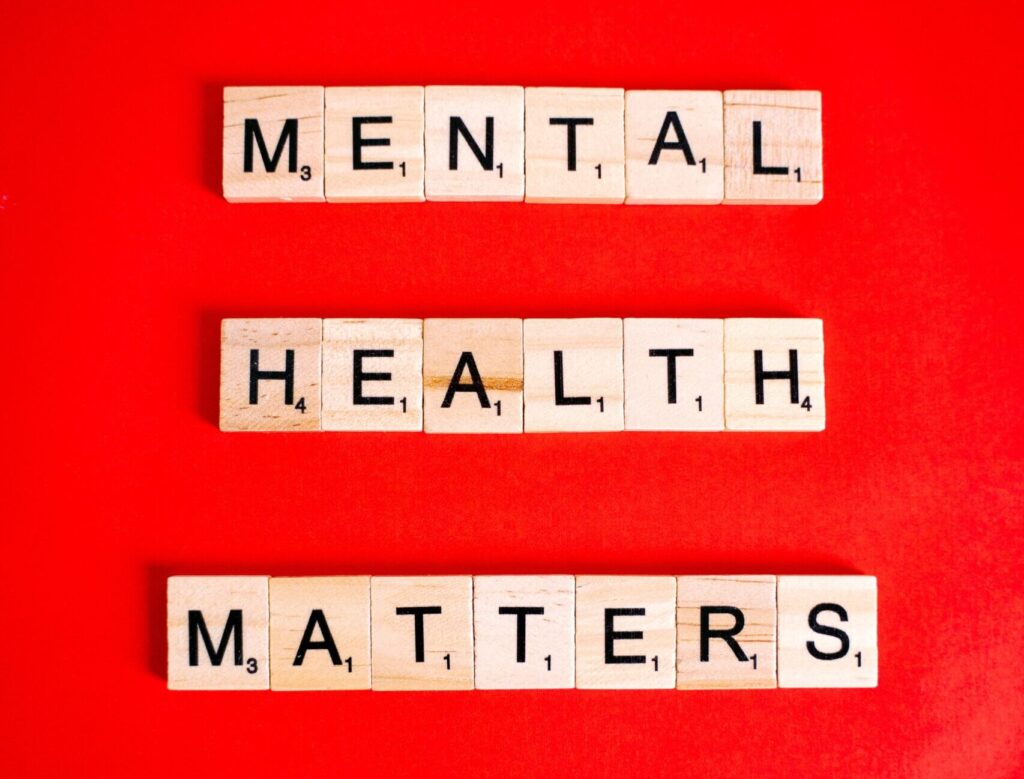
Mental Health & Substance Use
Emotional well-being and substance use difficulties appear to be unique for every individual impacted. No test or analysis is the very same, and some psychological well-being difficulties can be challenging to perceive. It tends to be not difficult to sum up or make presumptions, yet real factors fluctuate, and these difficulties can influence more than you might suspect.
Concentrates on show that psychological wellness in the United States is deteriorating among all age gatherings. While this is a direct result of various elements, one truth sticks out: Many individuals are not getting enough treatment. Shame around psychological wellness and absence of admittance to mind are pushing many individuals from getting the consideration they need.
Throughout the long term, a lot of work has begun to diminish the disgrace of emotional well-being and there’s been progress in causing these discussions to feel “typical.” Today, as COVID-19 has influenced us all in various ways, conversations around psychological well-being are turning out to be progressively normal, and more individuals are connecting for help.

Look at these measurements to more readily comprehend what emotional well-being and substance use difficulties look like in 2020:
In late June, 40% of U.S. grown-ups announced battling with emotional wellness or substance use.
One of every six U.S. youth matured 6-17 experience an emotional wellness problem every year.
A big part of all lifetime psychological maladjustment starts by age 14, and 75% by age 24.
Wretchedness alone costs the country about $210.5 billion yearly.
The typical postponement between beginning of psychological sickness side effects and therapy is 11 years.
Self destruction is the second-driving reason for death among individuals matured 10-34 in the U.S. furthermore, the tenth driving reason for death in the U.S.
Many individuals experience the ill effects of more than one mental issue at a given time. Specifically, burdensome diseases keep an eye on co-happen with substance misuse and uneasiness issues.
Over 70% of youth in the adolescent equity framework have an analyzed psychological sickness.
Transsexual grown-ups are almost multiple times bound to endeavor self destruction than everybody.
The most widely recognized psychological maladjustments in the U.S. are uneasiness problems, which influence 40 million grown-ups (18.1% of the populace).
Emotional well-being and substance use difficulties influence everybody in an unexpected way, and perceiving when to get help yourself or deal backing to another person is a significant stage in improving these measurements.